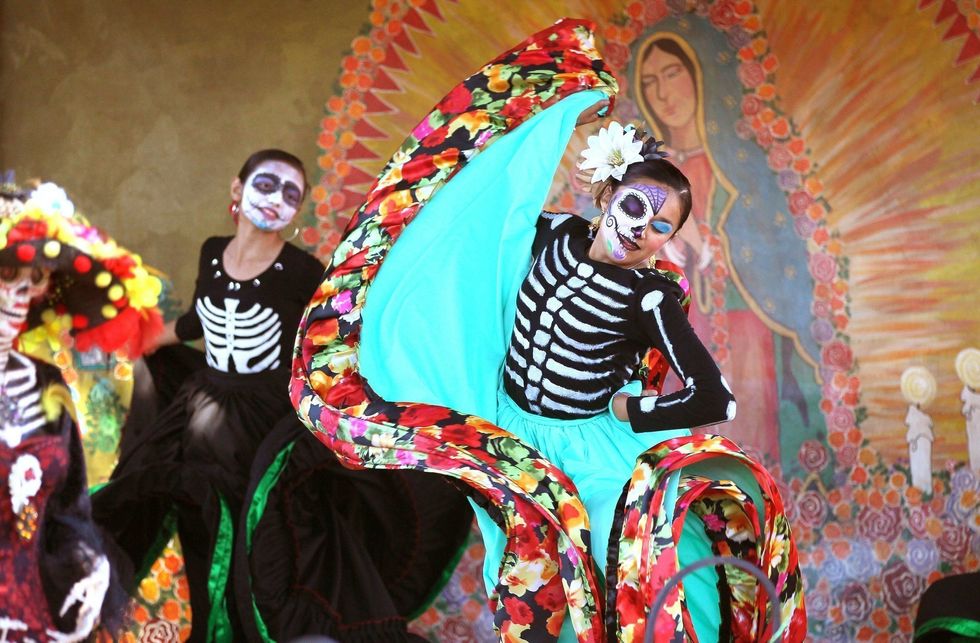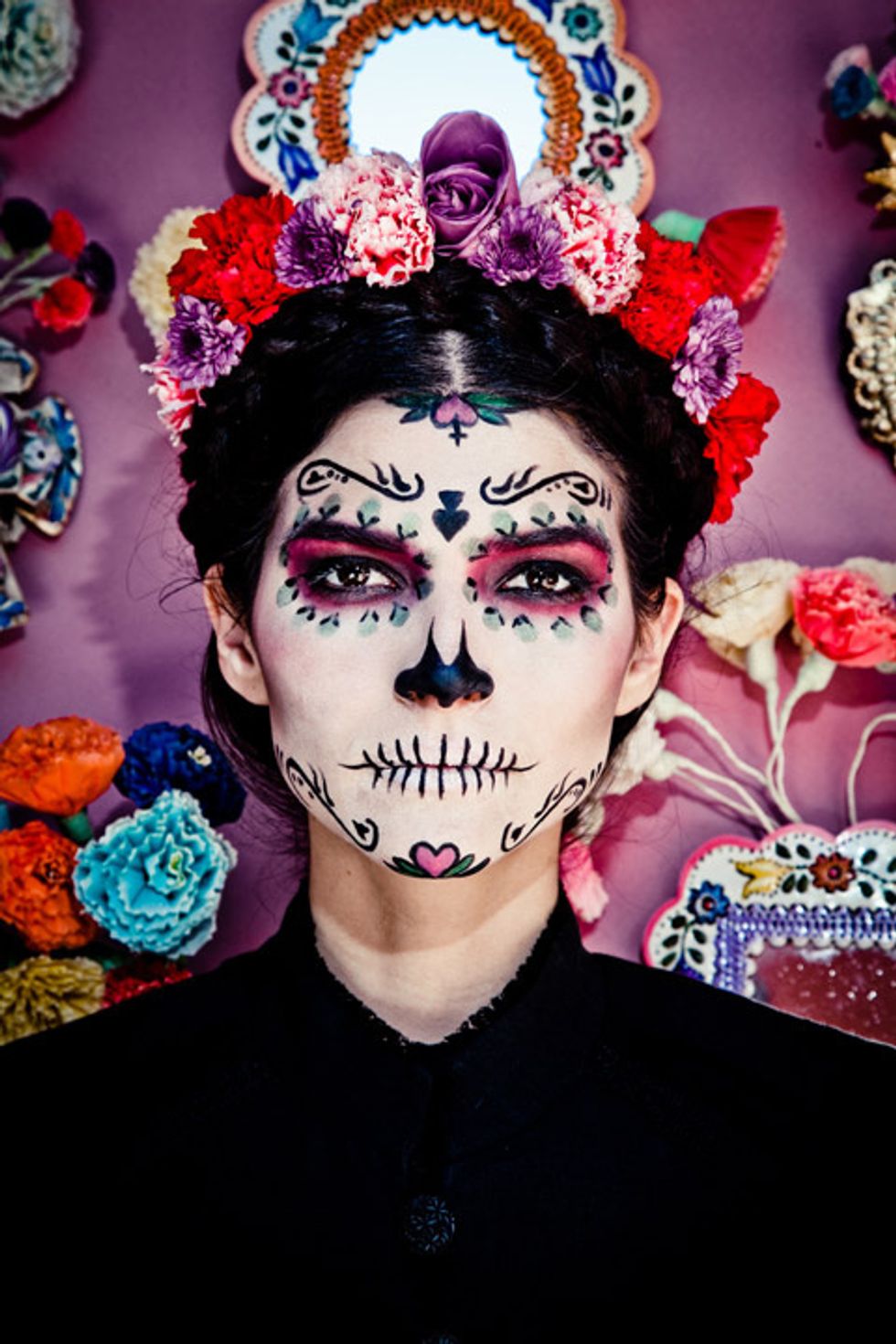El Día de Muertos or the Day of the Dead/All Saints Day as it is more commonly known here in the States is a traditional celebration that originated in Mesoamerica to honor those souls, which have departed. Growing up in a Mexican household meant growing up with some of the best traditions, but el día de muertos was my favorite for sure.
This day, despite some people’s confusion, is not a day where we worship the dead. Rather, it is a day we look back, honor, and remember our loved ones who have past to their next life. This festivity is celebrated in Mexico, a primarily Catholic country, and is a beloved tradition in my home country. This day is also celebrated in other areas of Latin America. El día de muertos is celebrated the 1st and the 2nd of November, right after Halloween.
The celebration of the dead is a deeply traditional Mexican tradition, predating colonization, and as such, holds a significant place in my people’s hearts.
The celebration is mainly celebrated over two day. November 1st is “día de los inocentes” or “day of the children” where people remember the children in their lives who have passed. November 2nd is then dedicated to the adults who have passed. The idea is that when these two days occur, we are reunited with those departed spirits.
There are many traditions to this celebration, one of the most commonly known being the classic sugar skull and Catrina makeup. Many of us have seen these, an icon of the Day of the Dead, around and it is a very popular image associated with the celebration. This is an example:
This makeup is that of the Catrina and is a classic example of how women paint their faces on this day.
Another part of the celebration is an individual altar in the homes of those who celebrate this day. The altars are beautiful physical representations of those we are trying to remember and celebrate. These altars typically have the framed picture of those departed, the traditional flor de cempasúchil, candles, and other decorations. Here is an example which is from my grandmother’s home in Mexico:
Here, you can see the traditional flower, framed pictures of those my family has lost, as well as candles and other classic decorations. The altar will typically stay in place for the month of November.
There are many places, especially in California, that have a special day to commemorate this celebration. In Santa Ana, California for example, there is a “Noche de altares” where people from the area get together to celebrate. There are dances and the streets are lined up with many different altars, some commemorating families and others commemorating those lost on a more national level. Last year for example, there was an altar dedicated to the 43 missing students of Ayotzinapa; a tragedy many feel is representative of the current struggle of the country.
All in all, this is a beautiful and cherished celebration many hold dear to their hearts…I know I do.


















